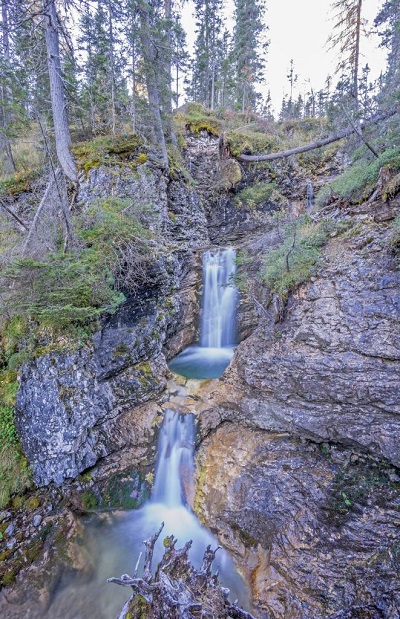MENU

05/08/2019
The trail along Ru de Fedéra waterfalls is designed to follow the stream up its course almost for its entire length, from Bariza in Cu to Monte de Fedéra.
The itinerary is divided into three parts: the first, from Bariza in Cu to Pian del Legname, partly runs at some distance from the water course to get around some arduous passages where the terrain is subject to landslides; the second portion, from Pian del Legname to Ponte de Fedèra, offers two alternatives: a demanding one through the gorge and an easier one along a nearby trail; the third and last portion is from Ponte de Fedèra to the Malga.
The upper portion is equipped with 4 gangways and 3 viewpoints; the route uses all the passages offered by the geomorphology of the terrain, cutting through corridors parallel to the water course and running close to the stream in the most spectacular points, next to the waterfalls, the pools, and the most accessible chutes. At the same time, the environmental impact is almost nonexistent since the route runs, whenever possible, on existing trails and the the size and number of the infrastructures is limited to the minimum.
Even if it features a few equipped stretches, the trail can be hiked without via ferrata gear and is suitable to everyone, though good hiking shoes are recommended.
Among the reasons that prompted the Regole to propose this itinerary, after the positive reception of the well known Trail of the Fanes and Travenanzes Canyons and Waterfalls, is the aim to get residents and mountain enthusiasts to better know the natural beauty of the water courses and let them understand the intangible value they represent. A value that goes far beyond the mere hydro-electric power produced in their flowing down to the valley, which is currently in the sights of many exploiters. Energy may also be produced elsewhere, while the charm of these water courses is irreplaceable and represents a wealth that only the valleys of the Ampezzo territory and few others can boast.